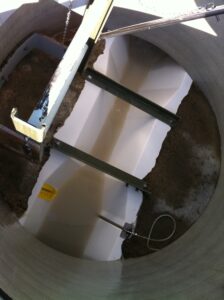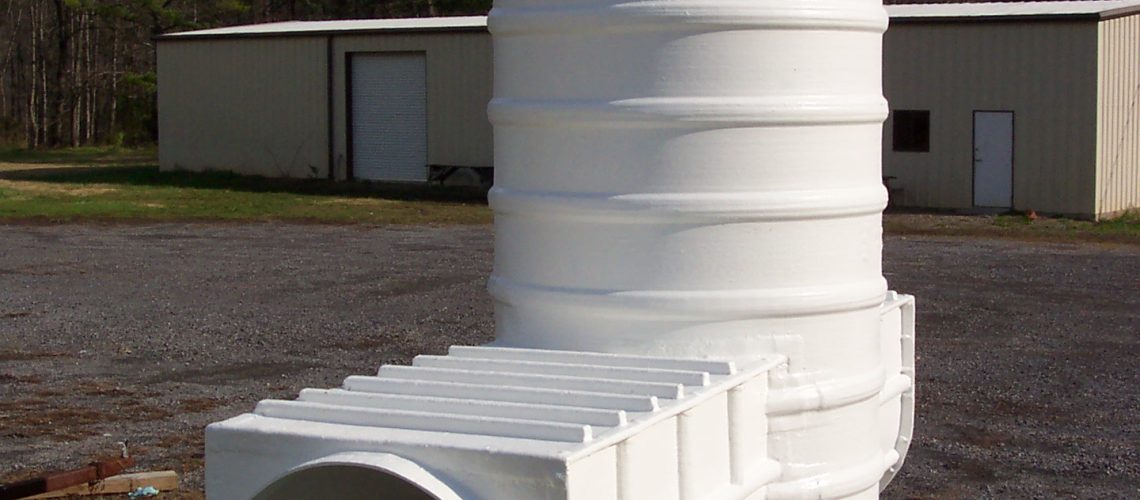Flumes, while they can be used in a wide range of flow operations, are usually installed in operations requiring the management of sanitary flow. While you can choose from a variety of different flume styles to measure and manage sanitary flow, all suffer from a risk of clogging. Since a clogged flume means flow can’t exit, this is an ongoing fight and becomes more difficult if you make the wrong flume choice for your operations.
Understanding the right and wrong choices used for the measurement of sanitary flow is essential to keeping your operations running smoothly. Learn about clogging and sanitary flow management, as well as the best devices to keep things running.
 If you’re looking for an ideal choice for sanitary flow management, the only type of flume you should really consider is a trapezoidal flume. This is because these flumes include a unique shape and cross-section that can accommodate solid material even if there does happen to be a slight backup in the system. Using a trapezoidal flume vastly reduces the need for regular ongoing maintenance and clearing waste. It will smooth out your operations and reduce clogging overall.
If you’re looking for an ideal choice for sanitary flow management, the only type of flume you should really consider is a trapezoidal flume. This is because these flumes include a unique shape and cross-section that can accommodate solid material even if there does happen to be a slight backup in the system. Using a trapezoidal flume vastly reduces the need for regular ongoing maintenance and clearing waste. It will smooth out your operations and reduce clogging overall.
Why Does Clogging Happen?
The most basic reason clogging happens is the same as with any drain or flow: sanitary flow involves solid matter, and when that matter can’t pass through the flume, it stops up and creates a clog. There are a lot of factors that go into the potential for clogging, but one of the biggest is the throat size of the flume. Narrower-throated flumes are almost certain to clog at some point in time. It’s essential that you make sure you have a flume with a large enough throat to allow any solid matter in the sanitary flow to freely pass through.What Types of Flume Not to Use
When you choose your flume, it’s vital you choose devices that are not going to represent a high clogging risk. Going with H Flumes or HS flumes is generally a bad idea. That’s because they have a discharge section that is V-shaped and can very easily catch solid matter, leading to clogs. As such, when you choose these flumes, it’s vital to perform regular and frequent upkeep and maintenance to make sure the flow stays free. If your system utilizes a packaged metering manhole, you can also run into issues if the flume they integrate is too small for the flow. If you choose one of these devices, be sure the integrated flume is properly sized to allow solid waste to pass through.Good Choices for Sanitary Flow Flumes
 If you’re looking for an ideal choice for sanitary flow management, the only type of flume you should really consider is a trapezoidal flume. This is because these flumes include a unique shape and cross-section that can accommodate solid material even if there does happen to be a slight backup in the system. Using a trapezoidal flume vastly reduces the need for regular ongoing maintenance and clearing waste. It will smooth out your operations and reduce clogging overall.
If you’re looking for an ideal choice for sanitary flow management, the only type of flume you should really consider is a trapezoidal flume. This is because these flumes include a unique shape and cross-section that can accommodate solid material even if there does happen to be a slight backup in the system. Using a trapezoidal flume vastly reduces the need for regular ongoing maintenance and clearing waste. It will smooth out your operations and reduce clogging overall.


